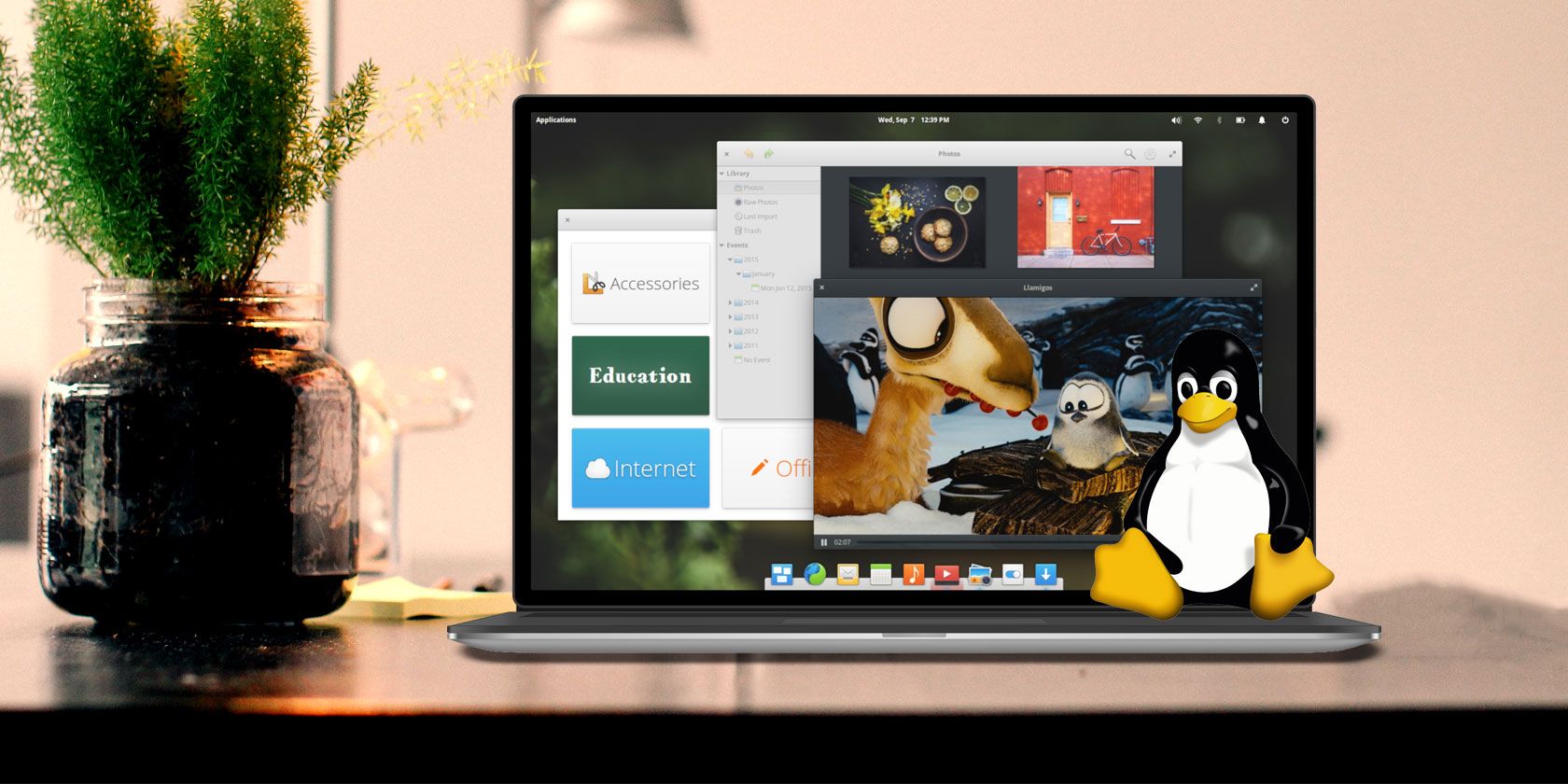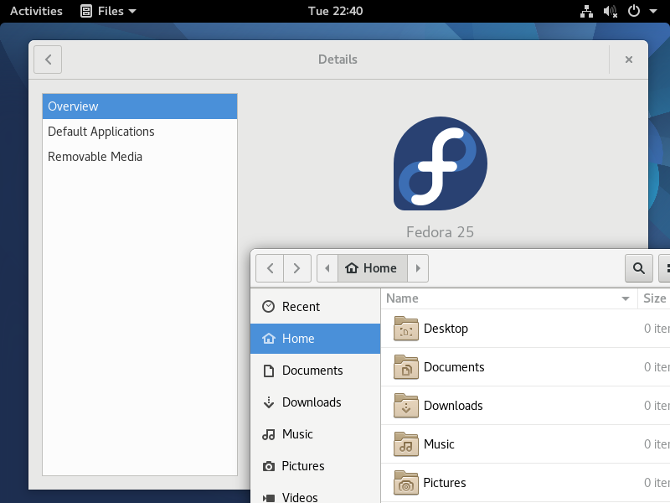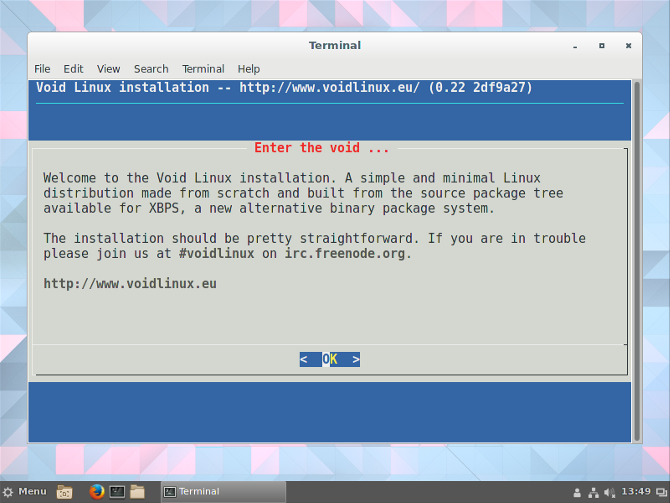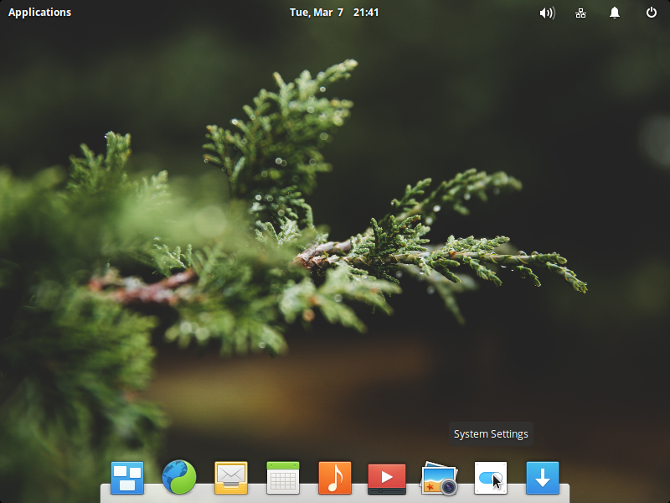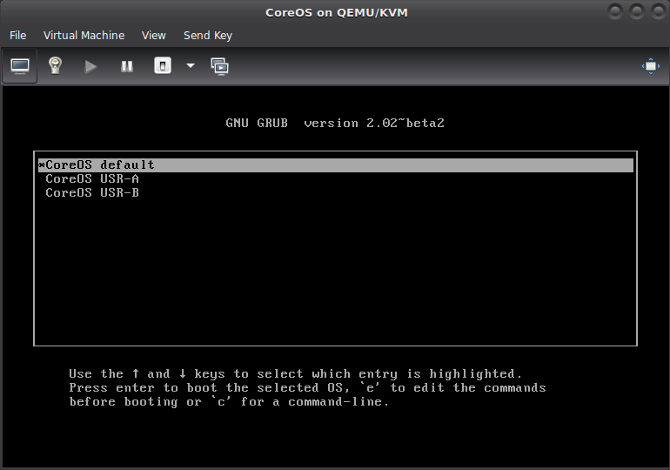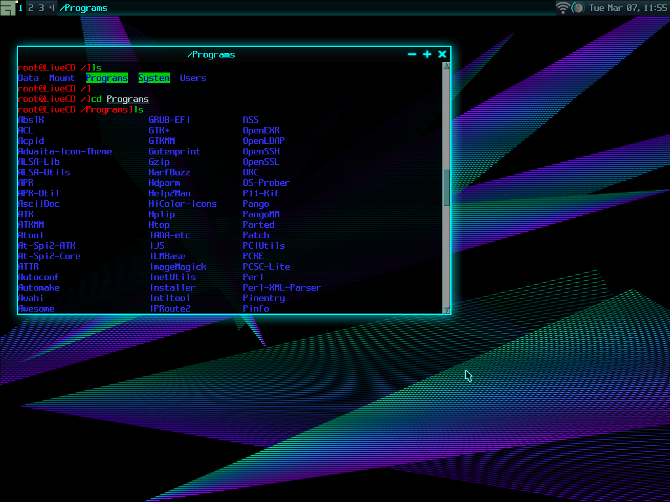There are many, many Linux operating systems out there, variations upon a theme. Each one unique in their behavior, and appearance. In this flurry of operating systems however, a few stand out in regards to what they bring to the table. And the word for that can only be described as innovative.
1. Fedora: The Early Adopter
When you think of innovation, the first thing that probably comes to mind is the bleeding edge. Fedora certainly ticks the boxes in that regard, as it changes with the shifting Linux environment. It makes an effort to not only be part of it, but to carve the way for many other operating systems.
Red Hat, the company behind Fedora, uses this operating system as a test bed for new technologies. It does its best to use the latest and greatest in a fairly dynamic environment. As a result of this, it's always constantly changing and improving. For example, it was one of the first Linux operating systems to adopt Wayland, a replacement for the X Display server.
One benefit of this is that any new and upcoming things in the Linux world can be all found on it. The latest version of the GNOME desktop for example, ships with Fedora. Another very interesting thing that Fedora provides is the ability to upgrade to major versions (e.g. 24 to 25) without downloading a new installation disc. Something like this could certainly benefit more static Linux operating systems such as Ubuntu.
While it may not be the best for people who want something that's consistent in its behavior -- there will always be some problems for early adopters after all -- if you want to know where the Linux desktop is moving, Fedora is your best bet.
2. Void Linux: Rolling Release With a Twist
When you think of a rolling release Linux operating system, the first thing that comes to mind might be Arch Linux, or many of its derivatives. In many ways, Void Linux is very similar to Arch yet stands out in some unique ways.
But first, a quick primer on what a rolling release is: basically, it's a way of developing a Linux operating system that leaves it constantly updated. The idea is that you don't need to upgrade it once in a while using a fresh install disc.
Like Arch, Void is built from the ground up, meaning that it's not based on any other Linux operating systems. Contrast this with Linux Mint for example, which is based off Ubuntu (which in turn is based off Debian).
While Void also seems to be aimed at experienced Linux users, the installation process is much friendlier. For example, Void has an actual installer program, unlike Arch. It also supplies a live desktop to test it out. There are also some interesting architectural decisions that makes it different from many Linux operating systems.
For example, many Linux operating systems these days use a special piece of software called systemd to boot up the computer they're running on. There's some controversy to it (an understatement), but any further discussion would take up pages worth of information. Void uses a lighter alternative called runit.
Because of them, in use, Void tends to be faster and lighter than its counterparts. For example, its start-up time is surprisingly quick, since it uses a different way to boot the system up from the norm. If you enjoy what Linux operating systems like Arch have to offer, you might like how Void goes about it.
3. Elementary OS: A Focus on Design
Innovation comes in many forms, but the most noticeable comes through presentation. Elementary OS does this with flying colours all around. From the start, it was designed with ease of use and uniformity in mind, and it shows throughout the entire operating system. When it comes to looks and intuitive work-flow, it's one of the best around.
Many of its applications are home grown, specifically designed for Elementary's Pantheon desktop. From the calendar application to even the email client, everything blends in, with an almost Mac-like aesthetic. Which isn't a bad thing.
A lot of this stems from Elementary's strict adherence to a core set of values. It's these set of guidelines that really makes them stand apart from other Linux operating systems, at least in terms of design. This laser focus leads to a consistent and polished production. A refreshing sight in the Linux world, where its variety is a double-edged sword. While there's a lot of choice to be had, there are benefits of unity, and Elementary OS is an example of that.
While this Linux operating system isn't the greatest example of technological innovation, it makes up for it with an unparalleled focus on quality. And that alone is quite a feat, with all the variety that needs to be sifted through.
4. CoreOS: Exercise in Minimalism
These days, it's called Container Linux, but the things it brings to the table still stand, even if its original name doesn't. It's a name known more outside of the desktop world, designed for servers and the like. And for good reason: many of their design choices, such as restricting the base system to the bare minimum (hence the name CoreOS), were made around being ideal for that purpose.
This was done to an even further degree by running essential applications inside containers -- a way of keeping them isolated from each other, similar to sandboxes but more restrictive. They do this with a piece of technology called rkt, a home grown alternative to Docker. Especially helpful for an operating system designed around mass deployment.
Along with this, this Linux operating system is designed around easy management of multiple minimal systems at a time. While the common user might not find this useful, having maybe three computers at most, it's especially helpful if you, say, own a large network's worth of them.
Its success has led to Red Hat (creator of Fedora) creating their own, similar operating system called Fedora Atomic. It's testament to the innovation that CoreOS has brought to the table, and will (hopefully) do so in the future.
5. Gobo Linux: Refining the Linux File System
You might know about how the Linux file system and its list of abbreviated folders work. Gobo Linux argues that the current structure, of ambiguously named locations should be done away with. This is expressed through their own, innovative way of sorting programs out: separating each one into their own folder.
Traditionally, programs are placed into different folders, depending on the type of files they have. For example, configuration files might all be stored in one folder (e.g. /etc), with actual programs in another (e.g. /usr/bin). Gobo Linux then, is quite a departure from that norm, placing all these files into their own special place, under the aptly named /Programs directory.
This carries several positive benefits, not really seen in more traditional operating systems. Interestingly, while this may make the file system easier to understand for users new to Linux, that's only as a by-product to Gobo's primary goal. Specifically, being able to install applications from source, and easily manage them.
The operating system does not rely on a package manager to keep track of everything. As they describe it, the file system itself acts as one, since all the parts of a program are stuck in one place. Removing a program then, is simple as removing the program folder. Another advantage of this is Gobo can easily run multiple versions of different applications. For example, /Programs/Firefox/45.0 and /Programs/Firefox/44.0 could run without a hassle.
While this may seem like a rather novel idea, it certainly has some merit. And while this hierarchy hasn't really been adopted outside of Gobo Linux, it's definitely innovative, both technologically and appearance-wise.
Pushing Boundaries
Every Linux operating system is based on the same foundations: the system kernel, and a few other important pieces of software. So those which manage to stand out despite this common ground should be commended and acknowledged. This is regardless of the sort of innovation expressed, be that through appearance or technical ability.
What other Linux operating systems do you think are innovative and why?

